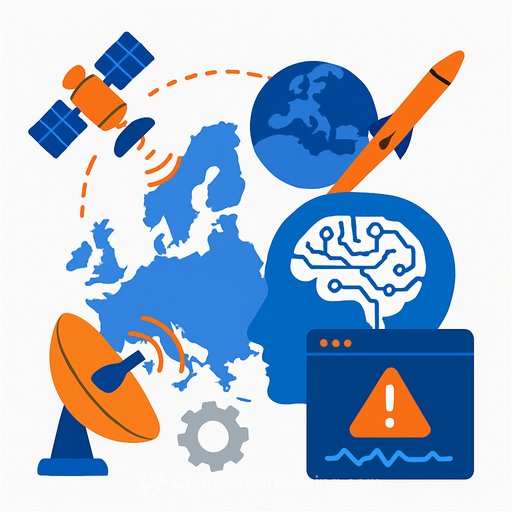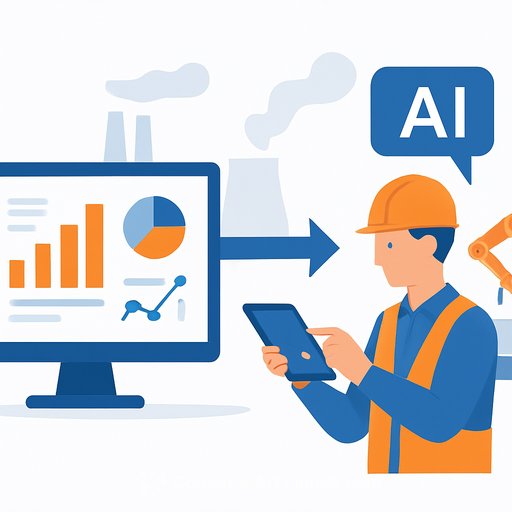Neuraspace Launches AI Platform to Secure Space Operations
Portuguese firm Neuraspace has introduced an AI-driven platform, Neuraspace DEF, to strengthen space-domain awareness across Europe. The system blends terrestrial and space-based sensors with automated analysis to track threats and trigger responses in real time.
The goal: protect satellites and ground infrastructure as Europe's reliance on orbital services grows amid rising geopolitical tensions. For operations leaders, this points to shorter detection-to-decision cycles and clearer incident workflows for mission-critical assets.
What operations teams need to know
- Sensor fusion: Combines data from ground and space sensors into a single operational view.
- Real-time response: Automates detection and alerting to reduce decision latency.
- Continuity focus: Targets the protection of both orbital assets and dependent ground systems.
- Regional posture: Supports Europe's push to harden space services that underpin communications, navigation, and timing.
Why this matters for ops
- Faster incident handling: Fewer handoffs and a clearer escalation path when threats are detected.
- Prioritized alerts: Signal over noise so teams act on the right events first.
- Cross-team coordination: Shared situational picture for space, ground, and security teams.
- Service reliability: Better protection for downstream services that depend on satellite links.
Common risk areas in space operations
Typical issues include collision threats from debris, interference, and adverse space weather. AI-assisted situational awareness can help teams see issues earlier and execute playbooks before service quality drops.
Integration and process checklist
- Data flows: Confirm supported sensor types, ingest formats, and API/webhook coverage for your stack.
- Latency and scale: Measure end-to-end alerting times under real load and peak conjunction events.
- Noise control: Review false-positive rates, suppression rules, and adaptive thresholds.
- Playbooks: Map alerts to predefined actions, comms channels, and on-call rotations.
- Audit and compliance: Ensure immutable logs and access controls meet regulatory needs.
- Hosting: Clarify EU data residency and options for sovereign environments, if required.
- Interoperability: Check fit with mission control, ground segment tooling, and ticketing systems.
- Cost model: Align licensing and data-volume pricing with projected sensor growth.
Context: Europe's space safety push
Europe has increased focus on space safety and traffic management to reduce operational risk and protect critical services. For background on policy and technical efforts, see the European Space Agency's Space Safety program.
Next steps for operations leaders
- Run a tabletop exercise using your current SSA/SDA process to quantify detection-to-action time.
- Pilot an AI-driven alerting path with strict success criteria: latency, accuracy, and operator workload.
- Codify cross-team playbooks and test failover for ground and satellite-dependent services.
Upskill your team for AI-driven ops
If you are aligning operations with AI-enabled monitoring and incident response, structured training helps. Explore role-focused programs to build practical skills and speed up adoption.
AI courses by job - Complete AI Training
Your membership also unlocks:






